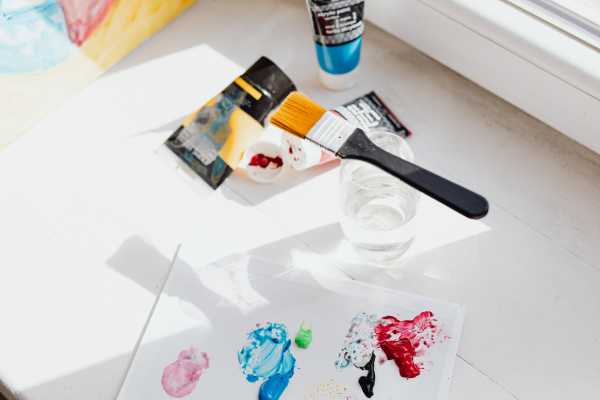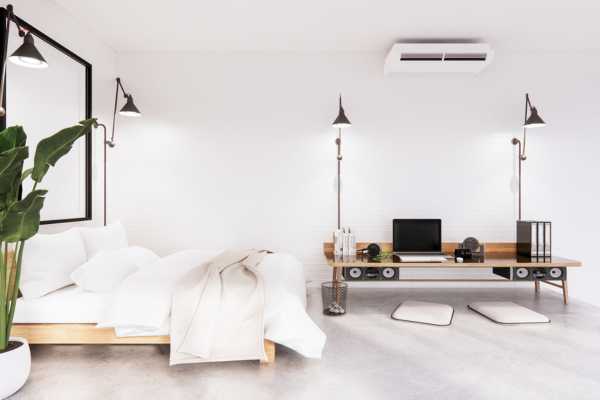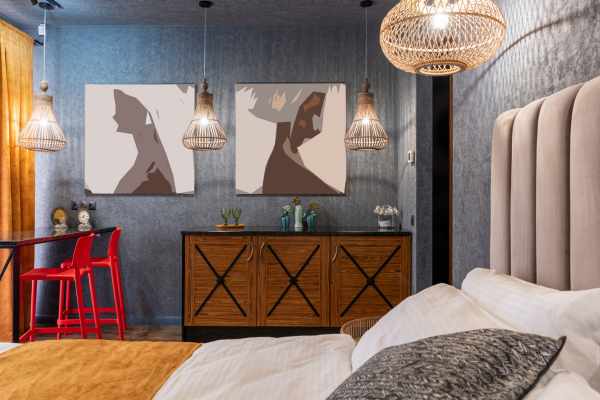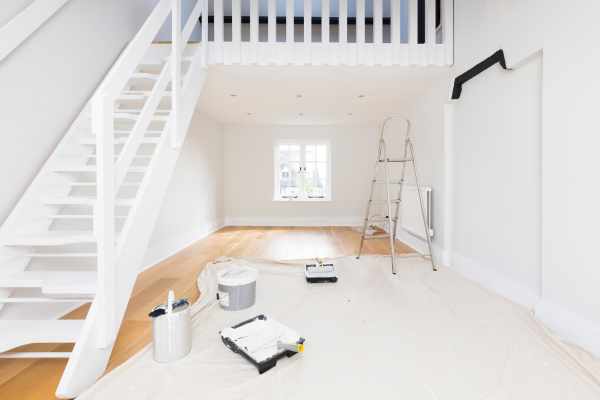Revamping your bedroom doesn’t require a hefty budget or professional help. With our guide on “How to Paint Bedroom Furniture,” you can give your space a fresh, stylish update. This article will walk you through every step of choosing the right paint, preparing your furniture, and applying techniques that ensure a smooth, durable finish. Whether you’re aiming for a sleek modern look or a charming vintage style, painting your furniture can completely transform your bedroom’s ambiance. Ready your brushes and let’s unlock the potential of each piece, turning the ordinary into the extraordinary with simple strokes of creativity.
Planning Your Project
When planning to paint bedroom furniture, selecting the right time and space is crucial. Choose a period when you can allow the paint to dry undisturbed, ideally in a well-ventilated area to avoid fumes and dust. Proper estimation of paint and tools is also essential to prevent mid-project shortages. Calculate the surface area of your furniture to determine how much paint you’ll need, and consider extra for multiple coats. Ensure you have all necessary tools—brushes, rollers, sandpaper, and drop cloths—before beginning. This preparation will streamline your process, making it efficient and enjoyable.
Choosing the Right Paint

Selecting the right paint is crucial when transforming your bedroom furniture. Latex paint is popular for its quick drying time and easy cleanup, making it ideal for beginners. Oil-based paints offer a durable finish, perfect for furniture that experiences heavy use. Chalk paint is another great option for achieving a matte, vintage look without the need for extensive prep work. When choosing colors, consider the room’s overall aesthetic and lighting. Opt for finishes that complement your bedroom’s style—glossy for a modern look or satin for a more subdued elegance. The right paint can not only refresh your furniture but also enhance the entire room’s appeal.
Necessary Tools and Materials

To successfully paint bedroom furniture, having the right tools and materials is essential. You’ll need basic supplies such as brushes, rollers, and fine-grit sandpaper for smooth surfaces. Don’t forget a high-quality primer and your choice of paint—latex or oil-based depending on the finish you desire. For a cleaner job, invest in drop cloths to protect your floors and painter’s tape to cover areas you don’t want painted. Optional items like a paint tray, gloves, and a mask for fume protection can also enhance your painting experience, ensuring a professional-looking finish without the mess.
Preparing the Workspace

Preparing your workspace is crucial before you start painting bedroom furniture. First, ensure the area is well-ventilated to avoid inhaling fumes; open windows or use fans for adequate air circulation. Protect your floors and nearby items with drop cloths or old newspapers to catch spills and splatters. Arrange your furniture and painting supplies efficiently to have everything within easy reach, minimizing unnecessary movement and potential accidents. Consider using painter’s tape to cover areas you don’t want painted. A well-prepared space not only makes the painting process smoother but also helps achieve professional-grade results in your furniture transformation project.
Preparing the Furniture

Before diving into painting your bedroom furniture, proper preparation is key to achieving a flawless finish. Start by thoroughly cleaning the furniture to remove any dust, dirt, or grease. Use a gentle cleaner and a soft cloth to avoid damaging the surface. Next, sanding is crucial to create a smooth base for the paint to adhere; use fine-grit sandpaper and work evenly across the surface. Additionally, either remove the hardware like knobs and handles or protect them with painter’s tape. This attention to detail ensures that the paint job looks professional and lasts longer, enhancing the overall beauty and durability of your furniture.
Primer Application
Applying primer is a crucial step in the process of painting bedroom furniture, as it ensures a smooth, even coating and enhances the durability of your paint job. Primer is essential for covering any stains or uneven surfaces and for providing a good adhesive surface for the paint to stick to, which can be particularly important when dealing with glossy or unfinished surfaces. To apply primer correctly, start by thoroughly cleaning and sanding the furniture. Then, using a high-quality brush or roller, apply an even coat of primer and allow it to dry completely according to the manufacturer’s instructions before proceeding with your chosen paint.
Painting Techniques

Mastering the right painting techniques is crucial for achieving a flawless finish on bedroom furniture. Whether you opt for a brush, roller, or spray, each tool offers unique benefits. Brushes are perfect for detailed work and smaller pieces, while rollers can cover large, flat surfaces more evenly and quickly. Spraying is ideal for a super smooth finish without brush marks, though it requires more setup and ventilation. For a professional-looking outcome, apply multiple thin coats rather than a single thick one, allowing ample drying time between layers. This approach minimizes drips and provides a durable, even coat that will enhance the beauty of your furniture.
Adding Special Finishes

Adding special finishes to your painted bedroom furniture can elevate its look from simple to spectacular. For a vintage flair, consider distressing or antiquing techniques, which involve strategic sanding or applying glazes to create an aged effect. If you prefer a contemporary style, techniques such as sponging, stippling, or using stencils can add texture and intricate patterns. These methods allow for personalization and creativity, making each furniture piece uniquely yours. Experiment with different finishes to transform your bedroom furniture into a statement piece that enhances the overall decor of your room.
Reassembling and Curing

After painting your bedroom furniture, the next critical step is reassembling and allowing adequate curing time. Start by carefully reattaching all hardware and components once the paint is dry to the touch. However, paint typically requires a longer period to fully cure, which can range from a few days to a week, depending on the type of paint used. During this curing phase, it’s essential to avoid placing heavy items on the furniture or using it excessively to prevent marks or damage. Proper curing ensures your newly painted furniture remains durable and maintains a flawless finish, enhancing your bedroom’s aesthetic for years to come.
Maintenance Tips
Maintaining your newly painted bedroom equipment is key to ensuring it looks fresh for years. Regularly dust the surfaces with a soft cloth to prevent buildup of dirt and grime. For deeper cleans, use a mild soap solution, but avoid harsh chemicals that can strip the paint. If the equipment experiences frequent use and starts showing minor scratches or dings, quick touch-ups with leftover paint can be a simple fix. Keep an eye on wear and tear; it might signal when a full repaint is necessary, typically every few years, to revive its appearance and maintain its protective layer, keeping your bedroom vibrant and inviting.
Conclusion
Transforming your bedroom furniture with a fresh coat of paint is a simple yet impactful way to revitalize your space. With the steps outlined in our guide on “How to Paint Bedroom equipment.” you’ve learned how to select the right paint, apply it effectively, and ensure lasting results. As you enjoy your refreshed furniture, remember that regular maintenance and timely touch-ups will keep each piece looking its best. Embrace the creativity this project sparks, and let your newly painted equipment inspire a broader rejuvenation throughout your home. Paint not only changes the look; it redefines the feel of your personal haven.

